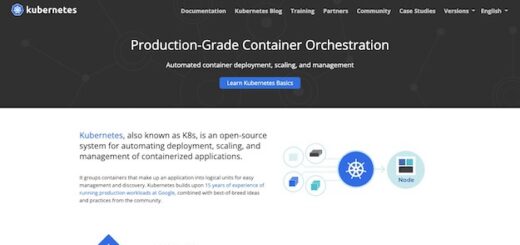Gone are the days when you needed to have technical knowledge of web development and coding before you could successfully create a website. These days, setting up a website is a lot easier and cheaper than you think.
Whether you want to create a website for personal or commercial use, this article will guide you on how best to achieve this goal.

How to set up a website in five steps
Step 1: Choose and register your domain name
A domain name is one property every website must-have. It’s the address your visitors will type into their browser anytime they want to access your site, and it usually looks something like www.yoursite.com.
Domain names typically cost about $15 a year and are available in various extensions. A good rule of thumb is to use the .com, .org, or .net extension when targeting a global audience, and to use a region-specific extension (like .za and .co.uk) when targeting a local audience.
Step 2: Sign up for web hosting
Now that your site has an address, it’s time to build a house that will store all of its data and information. This virtual house is known as web hosting.
No website can exist without a hosting plan, and since the hosting company you choose will have access to your site’s
data, you must choose a reliable hosting company.
Reliable hosting companies usually offer the following features:
# Free domain name with SSL
# Custom email addresses
# Unlimited bandwidth
# Responsive customer support
If you find a few hosting companies that offer the above features, compare between other features they offer before deciding which one best suits your site.
Step 3: Choose a website builder
If you have limited experience in web development, or you have sufficient experience but would rather create your website as quickly as possible, you may need to use a website builder for beginners and advanced persons. Website builders are platforms equipped with the tools needed for creating, designing, and developing websites.
From Medium to Wix to Squarespace, there are several reliable website builders available today. But if you want a website builder that will offer you full control over your site’s customization, personalization, and functionality, then WordPress is the most ideal choice.
Step 4: Install a responsive theme
WordPress has a vast collection of free and paid themes that you can install on your website, all of which were specially designed to suit diverse niches. You can easily switch from one theme to another whenever you want.
To do this, simply open your WordPress admin dashboard, and click on ‘Appearance’ in the sidebar menu, then ‘Themes,’ and finally ‘Add New.’
After you’ve installed your preferred theme, endeavor to customize its settings, organize your blog’s layout, and install the necessary widgets and plugins to boost your site’s functionality and navigability.
Step 5: Add posts and pages
Pages and blog posts are essential components of every website. While blog posts are periodic publications that appear reverse-chronologically on a website, pages are static types of content, usually meant to display a piece of information or inspire a call-to-action.
Regardless of the type or purpose of your website, it must have the following pages:
# A homepage (the page people will first see whenever they visit your blog)
# An about page (a page informing your visitors about yourself, your business, your motivations, etc.)
# A contact page (a page that will allow visitors to contact you)
Depending on what your goals for your website are, you may need to add other specialized pages later on. Even so, congratulations on building a website of your own! Now you have a safe, aesthetic, and functional space to interact with your audience better.




